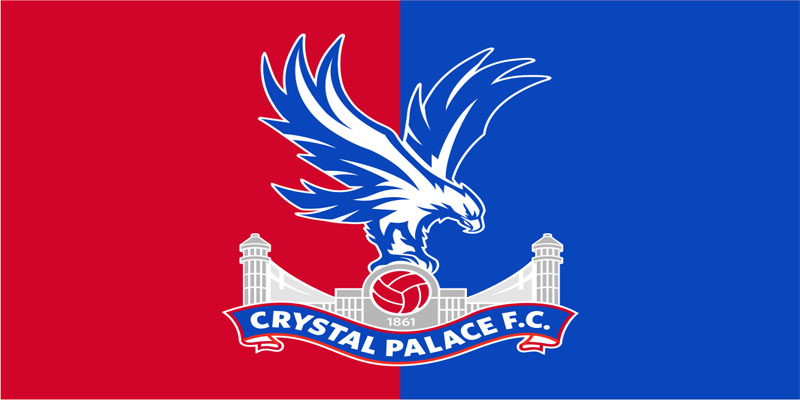
Crystal Palace Football Club: The Pride of South London
Crystal Palace Football Club stands as a beacon of hope and pride for the community of South London. With a rich history, passionate supporters, and a commitment to progress, this football club has become synonymous with local culture and resilience. As one of the most recognizable teams in English football, Crystal Palace Football Club not only represents its fans on the pitch but also serves as an embodiment of their aspirations Wi88.
Introduction to Crystal Palace Football Club
Established in 1905, Crystal Palace Football Club has carved a unique niche in the world of football. Over the decades, it has grown from modest beginnings to a prominent team in the English Premier League, representing the vibrant borough of Croydon and surrounding areas. Many fans regard the club as more than just a football team; it is an integral part of their identity.
The journey of Crystal Palace Football Club reflects the highs and lows that can beset any sporting institution. From its early days, the club has experienced fluctuating fortunes, including successes that have elevated its status and struggles that have tested the resolve of its supporters. Yet throughout these changes, the unwavering loyalty of its fans continues to be a defining characteristic of the club.
History and Development of the Club
When examining the history of Crystal Palace, one cannot ignore the significance of the club’s founding. The formation of the club was inspired by the success of the original Crystal Palace building, which hosted the Great Exhibition of 1851. Initially created to serve amateur players, the club transitioned into professionalism in the late 20th century.
In the early years, Crystal Palace played in various local leagues before joining the Football League in 1920. This marked a pivotal moment in the club’s history, allowing it to compete with other established teams across England. The team’s home matches at Selhurst Park became a sanctuary for its growing community of supporters.
The club’s name itself is steeped in history, with the iconic Crystal Palace structure serving as a physical representation of hope, ambition, and the pursuit of excellence. Over the decades, the club has faced challenges, including relegation and financial turmoil, but each time it has emerged stronger, often rebuilding with the support of its loyal fanbase.
The Early Years: Challenges and Triumphs
In its formative years, Crystal Palace encountered several hurdles. The club struggled to find consistency in performance, facing tough competition from other clubs within the league system. However, notable achievements, such as reaching the FA Cup Final in 1976, began to instill a sense of belief among supporters.
Despite losing that final to Southampton, the experience laid the foundation for future endeavors, igniting aspirations for greater accomplishments. Subsequent decades saw ups and downs, with periods of promotion followed by relegation. Each cycle contributed to a deep-rooted passion among fans who never wavered in their support, exemplifying the resilience of the Crystal Palace spirit.
Major Milestones that Shaped Crystal Palace
As the club progressed through the latter half of the 20th century, a series of significant milestones solidified its standing in English football. One of the most remarkable achievements occurred during the late 1980s under the management of Steve Coppell.
Coppell guided the team to a third-place finish in the top tier of English football, marking the club’s highest ever league position. The team boasted a style of play characterized by flair and determination, capturing the imagination of fans and establishing a strong presence in the league.
Additionally, the club’s 1990 FA Cup run remains etched in the memories of supporters. Crystal Palace reached the final once more, only to be edged out by Manchester United after a tense replay. Despite the defeat, the journey to the final showcased the team’s resilience and fortitude, reaffirming its place in the hearts of fans across South London.
Evolution of Identity and Culture
Over the years, Crystal Palace Football Club has evolved significantly. Its identity transcends football; it encapsulates the very essence of belonging for many individuals. The club fosters a unique culture, embodying values of unity, community, and shared experiences.
The “Holmesdale Fanatics,” a dedicated group of supporters, epitomizes the passionate connection between the club and its fans. Their choreographed displays and songs resonate through Selhurst Park, creating an electric atmosphere that fuels the team’s performances.
Moreover, the club has made strides in fostering inclusivity, engaging with the wider South London community and addressing social issues. Initiatives aimed at youth development and charitable contributions showcase the club’s commitment to making a positive impact beyond the realm of football.
Conclusion
In conclusion, Crystal Palace Football Club embodies the essence of community, resilience, and passion. From its humble origins to becoming a fixture in the Premier League, the club’s journey has been marked by a rich tapestry of history, achievements, and relationships forged with its devoted supporters.





